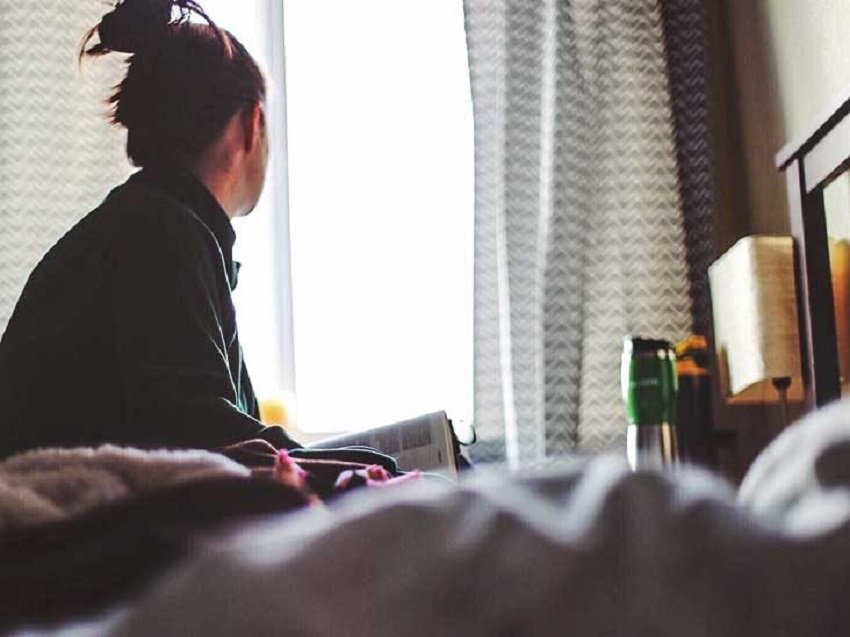How depression is classed
It’s present with feel lower every so often, but depression is really a separate condition that needs to be given care. Apart from creating a general sense of sadness, depression is renowned for causing feelings of hopelessness that do not appear disappear.
The word “depression” is becoming common in mainstream society. But depression is really a more nuanced subject than popular usage might point to. For just one, not every installments of depression are identical. You will find different classifications of depression, and every can impact your existence diversely.
Depression might be considered:
- mild
- moderate
- severe, also known as “major”
The precise classification is dependant on many factors. Included in this are the kinds of signs and symptoms you have, their severity, and just how frequently they occur. Certain kinds of depression may also result in a temporary spike in the seriousness of signs and symptoms.
Keep studying to understand more about the various classifications of depression and how you can be treated.
Exactly what does mild depression seem like?
Mild depression involves not only feeling blue temporarily. Your signs and symptoms can embark upon for several days and therefore are noticeable enough to hinder your usual activities.
Mild depression could cause:
- irritability or anger
- hopelessness
- feelings of guilt and despair
- self-loathing
- a loss of revenue of great interest in activities you once enjoyed
- difficulties concentrating at the office
- too little motivation
- an abrupt disinterest in socializing
- pains and aches with apparently no direct cause
- daytime sleepiness and fatigue
- insomnia
- appetite changes
- weight changes
reckless behavior, for example abuse of drugs and alcohol, or gambling
In case your signs and symptoms persist for the majority of the day, on typically four days per week for 2 years, you would definitely be identified as having persistent despression symptoms. This problem is also called dysthymia.
Though mild depression is noticeable, it’s the most challenging to identify. It’s very easy to dismiss the signs and symptoms and steer clear of discussing all of them with your physician.
Regardless of the challenges in diagnosis, mild depression may be the easiest to deal with. Certain changes in lifestyle will go a lengthy means by boosting serotonin levels within the brain, which will help fight depressive signs and symptoms.
Useful changes in lifestyle include:
- exercising daily
- sticking to some sleep schedule
- eating a well-balanced diet wealthy in vegetables and fruit
- practicing yoga or meditation
- doing activities that reduce stress, for example journaling, studying, or hearing music
Anything else for mild depression include alternative remedies, for example St. John’s Wort and melatonin supplements. However, supplements can hinder certain medications. Make sure to ask your physician when considering supplements for depression.
A category of antidepressants known as selective serotonin reuptake inhibitors (SSRIs) can be utilized in some instances. However, these tend to be good at individuals with more serious types of depression. Recurrent depression has a tendency to respond easier to changes in lifestyle and types of talk therapy, for example psychiatric therapy, than medication.
While treatment might not be needed, mild depression won’t always disappear by itself. Actually, when left alone, mild depression can progress to more serious forms.
Exactly what does moderate depression seem like?
When it comes to symptomatic severity, moderate depression is a higher level up from mild cases. Moderate and mild depression share similar signs and symptoms. Furthermore, moderate depression could cause:
- issues with self-esteem
- reduced productivity
- feelings of worthlessness
- elevated sensitivities
- excessive worrying
The finest difference would be that the signs and symptoms of moderate depression are severe enough to result in problems both at home and work. You may even find significant difficulties inside your social existence.
Moderate depression is simpler to identify than mild cases since the signs and symptoms considerably impact your everyday existence. The important thing to some diagnosis, though, would be to make certain you speak to your physician concerning the signs and symptoms you’re experiencing.
Exactly what does severe (major) depression seem like?
Severe (major) depression is classed as getting the signs and symptoms of mild to moderate depression, however the signs and symptoms are severe and noticeable, even going to all your family members.
Instances of depressive disorder last typically six several weeks or longer. Sometimes severe depression will go away before long, but it is also recurrent for many people.
Diagnosis is particularly essential in severe depression, and it will be also time-sensitive.
Major types of depression might also cause:
- delusions
- feelings of stupor
- hallucinations
- suicidal ideas or behaviors
Severe depression requires treatment as quickly as possible. Your physician will probably recommend an SSRI and some type of talk therapy.
If you are experiencing suicidal ideas or behaviors, you need to seek immediate medical assistance. Call the local emergency services or even the National Suicide Prevention Lifeline at 800-273-8255 immediately.
SSRIs, for example sertraline (Zoloft) or paroxetine (Paxil), might be prescribed. These medications can require six days to consider full effect. Cognitive behavior therapy (CBT) can also be used in some instances of moderate depression.

